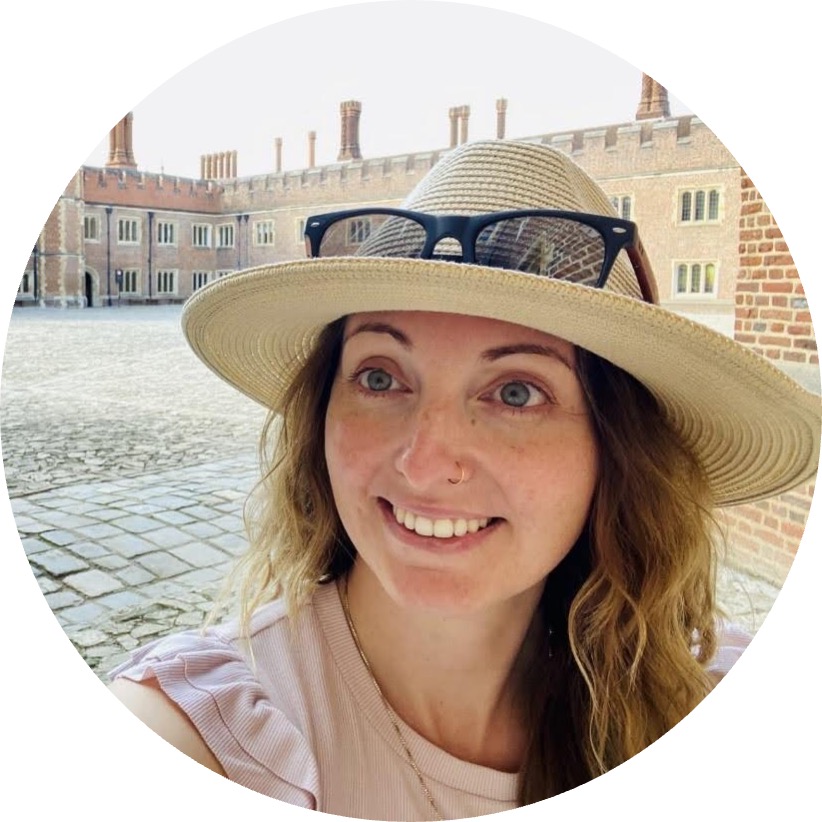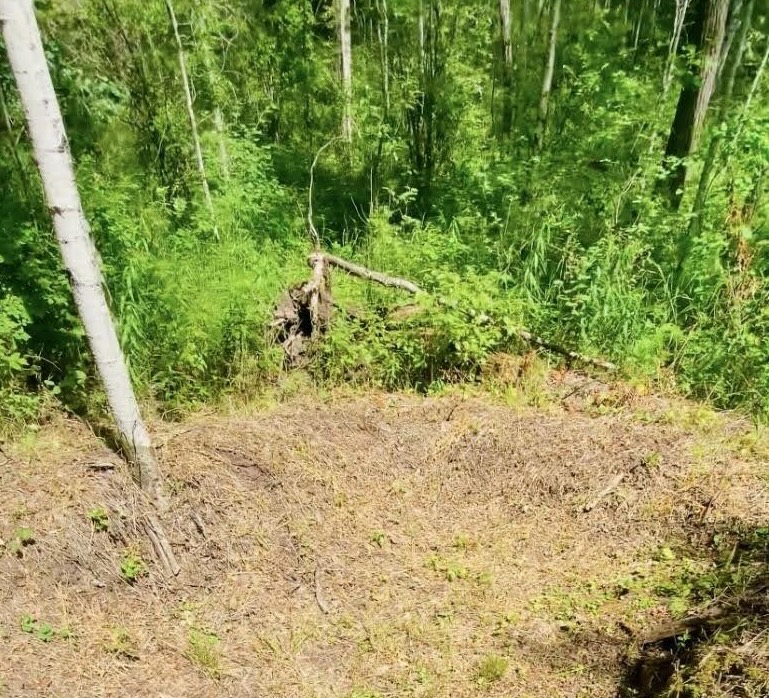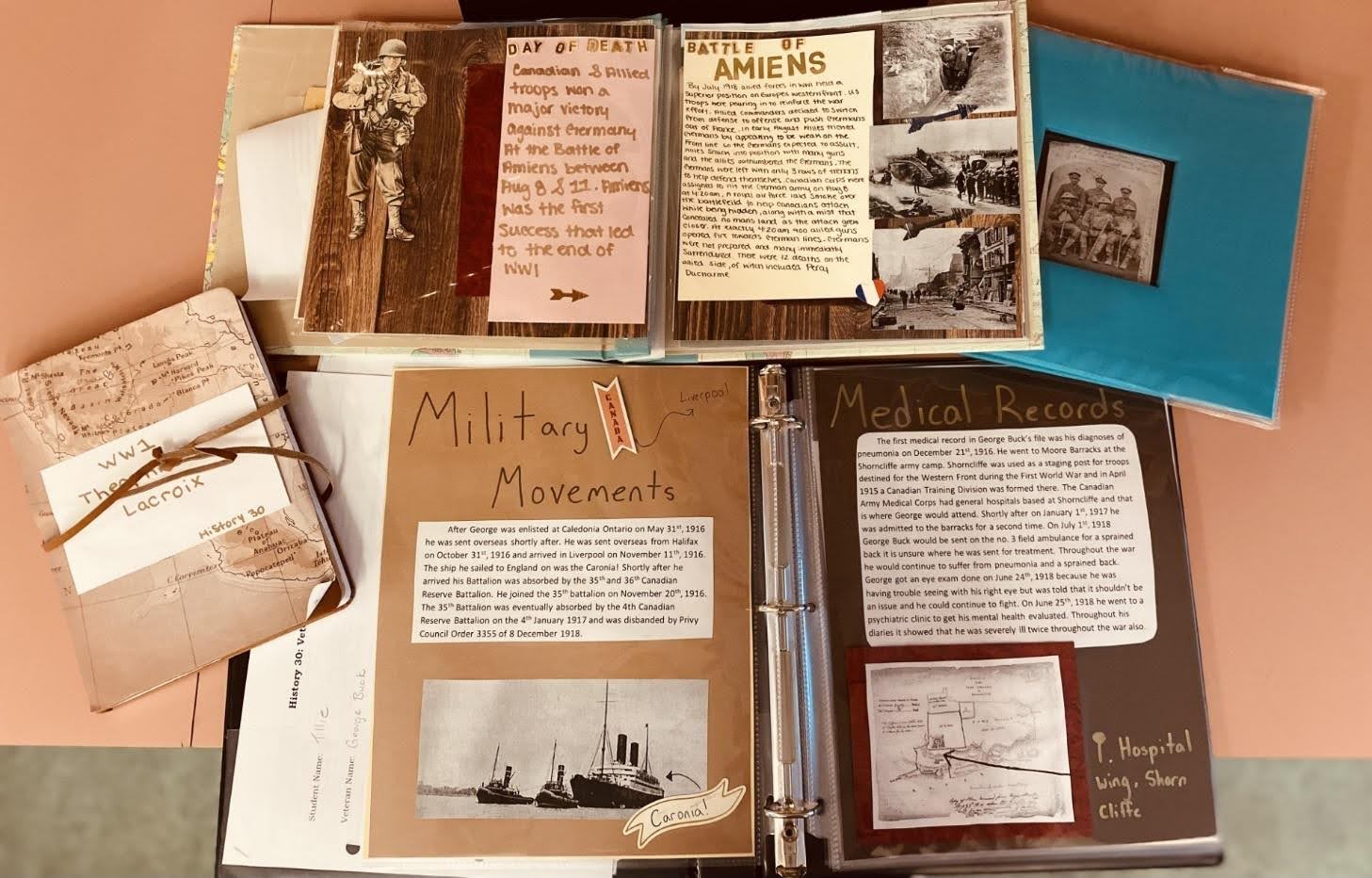Paige Mason,
Social Studies, Indigenous Studies and History Teacher
Paige Mason teaches Social Studies, Indigenous Studies, and Canadian History for grades 7 through 12 and has been teaching for 11 years. She has taught at Lashburn High School (LHS), a public 7-12 school in Lashburn, Saskatchewan for the past seven years. Lashburn is a rural community, and LHS has a student body of just under 150 students. Teaching in a small school affords Paige the unique opportunity to teach the same group of students over multiple years, which allows her to build upon student knowledge across multiple grade levels in the same subject area. Most students in Lashburn are descendants of European settlers, and many come from families who have lived in the area for over a hundred years. Teaching students with deep roots in the areas has helped Paige think about local history from a personal perspective and build connections within the community.

Lashburn High School
Lashburn, Saskatchewan

Teaching & Learning
Paige incorporates local history into her curriculum to inspire students to learn from the area in which they live.
As Paige explained, many people living in a small town in Saskatchewan do not realize there is interesting and important Canadian history at their doorstep. Paige, who is not originally from the region, has enjoyed learning more about the local area over time and sharing her findings with her students.
“It’s really neat to think that when you drive here, it’s all farmland, it all kind of looks the same, but there is this really interesting history. The Battle of Cut Knife, the Battle of Frenchman’s Butte, these events play an important role in Canadian history. But you must dig a little bit to learn about them; you have to scratch beneath the surface. The longer I teach here, the more rewarding it is to gather those stories and be able to share them with the students.”
Paige has found that many of her students have not learned about the historical significance of the area, and if they have, they have not had the opportunity to visit historical sites themselves. Paige values taking her students to historical sites so they can make personal connections to local history. As Paige remarked, “When I’m teaching Canadian Studies or Indigenous Studies, I like to take the students to Cut Knife, Frog Lake, Frenchman’s Butte and do more hands-on learning. It’s important to get them there into the space, because sometimes it’s hard to make those connections from within a classroom. If they can actually experience it, it changes how they understand it and themselves.”

Historical Thinking
Paige embeds historical thinking into her teaching practice to help make content more engaging for students.
One technique Paige uses is to create active simulations and experiential learning activities in her classroom. For example, Paige engages students with an activity to learn about dynamics between labourers and bosses throughout different eras. In the activity, students work to create paper snowflakes in a simulated factory setting.
In speaking about the activity, Paige said, “I like it because it’s hands-on. We can read about the factory system. We can read about the cottage system. But if we’re having an assessment, they won’t remember everything they read because it wasn’t as engaging. But if I say, ‘Do you remember that activity? The snowflake activity?’ they immediately remember and can apply what they learned.”
Paige also teaches her students how to evaluate primary sources through an investigation into veteran case files from the World Wars I and II. Paige described how her students “feel like little detectives” and enjoy digging into the past through these documents. In the primary source investigation, Paige highlights the experiences of people who played a role in the World Wars but may have not received recognition for their work due to discrimination.
Paige uses activities such as those described above to help her students become open-minded and critical thinkers both in and out of the classroom. As Paige explained, “I think every teacher has their own style. For me, it’s creating that engagement and those discussions.”
Co-created by Paige Mason and Abigail Smith
